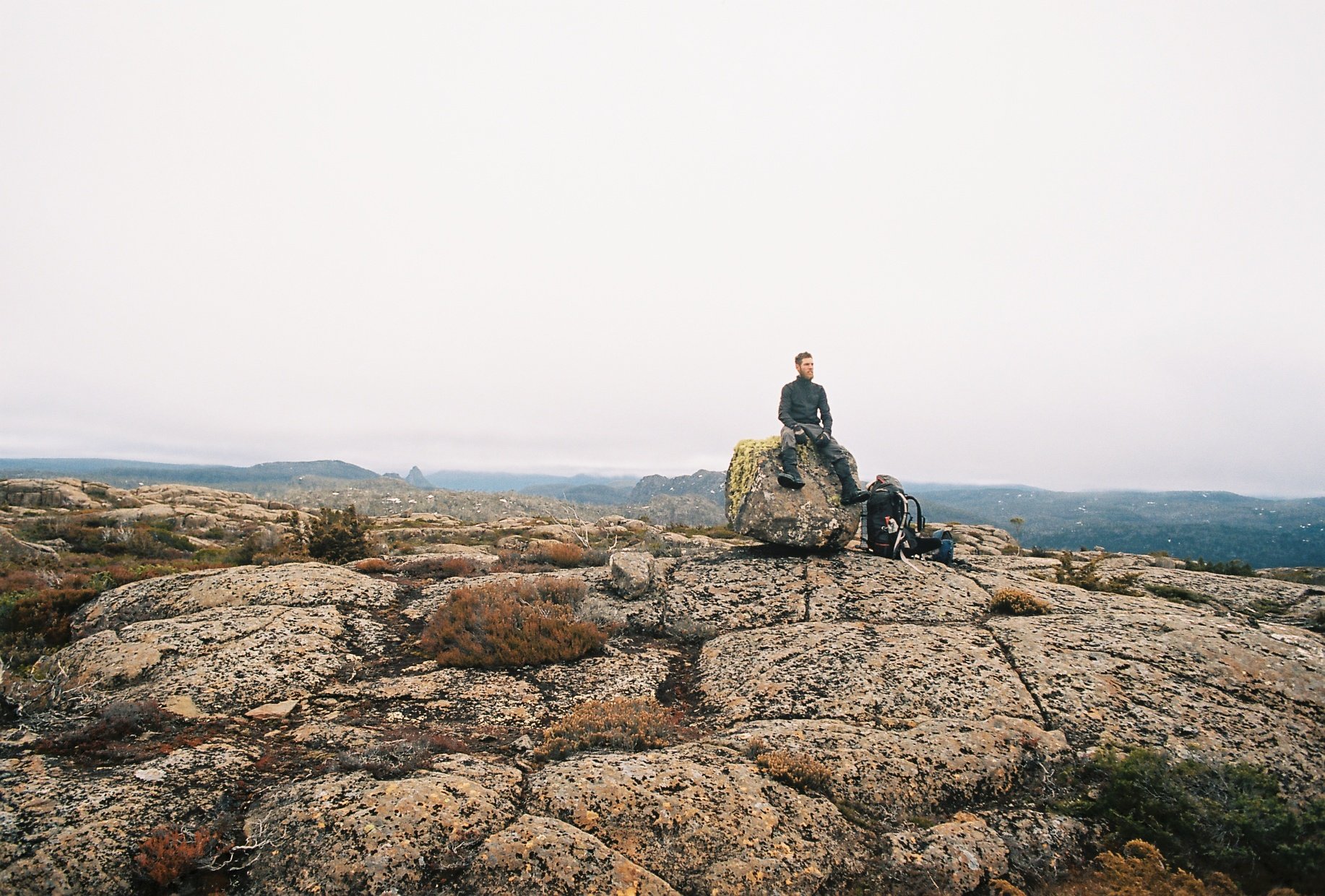Some flowers appeared
on the magnolia tree
in our backyard,
signalling spring.
There was a branch
on this tree, taller
than the rest,
with three flowerbuds.
Before they had
a chance to open,
I found the branch
on the ground, broken.
I blamed the possum,
but the truth is,
I didn’t actually
know who the culprit was.
My housemates were
grateful for the possum
or whatever devious
creature broke the branch.
Now, we have a
magnolia branch
in flower, to brighten
the dining room.
I wonder still,
What kind of life
is it for an open flower
to never feel the wind?
A.S. 3/9/20, South Hobart























